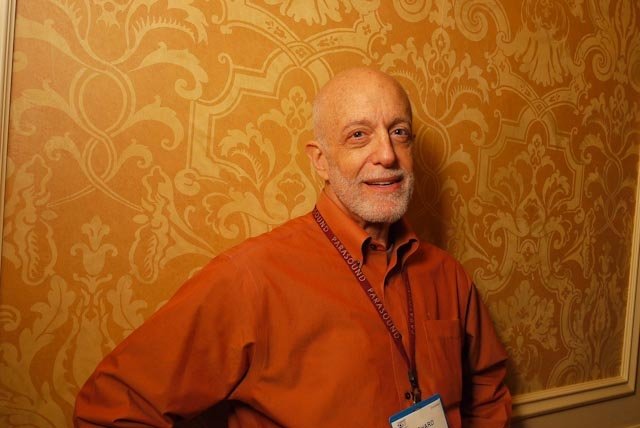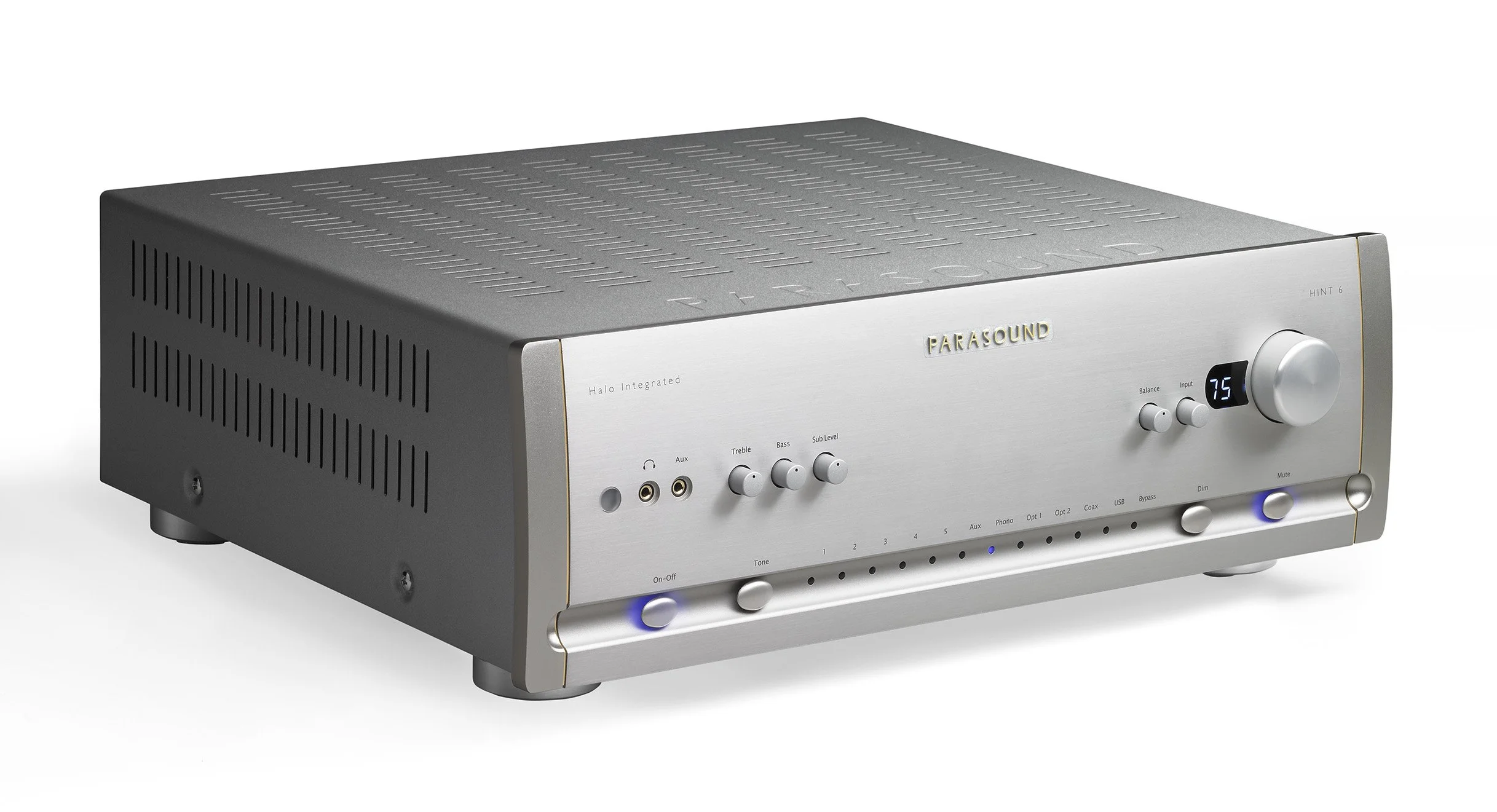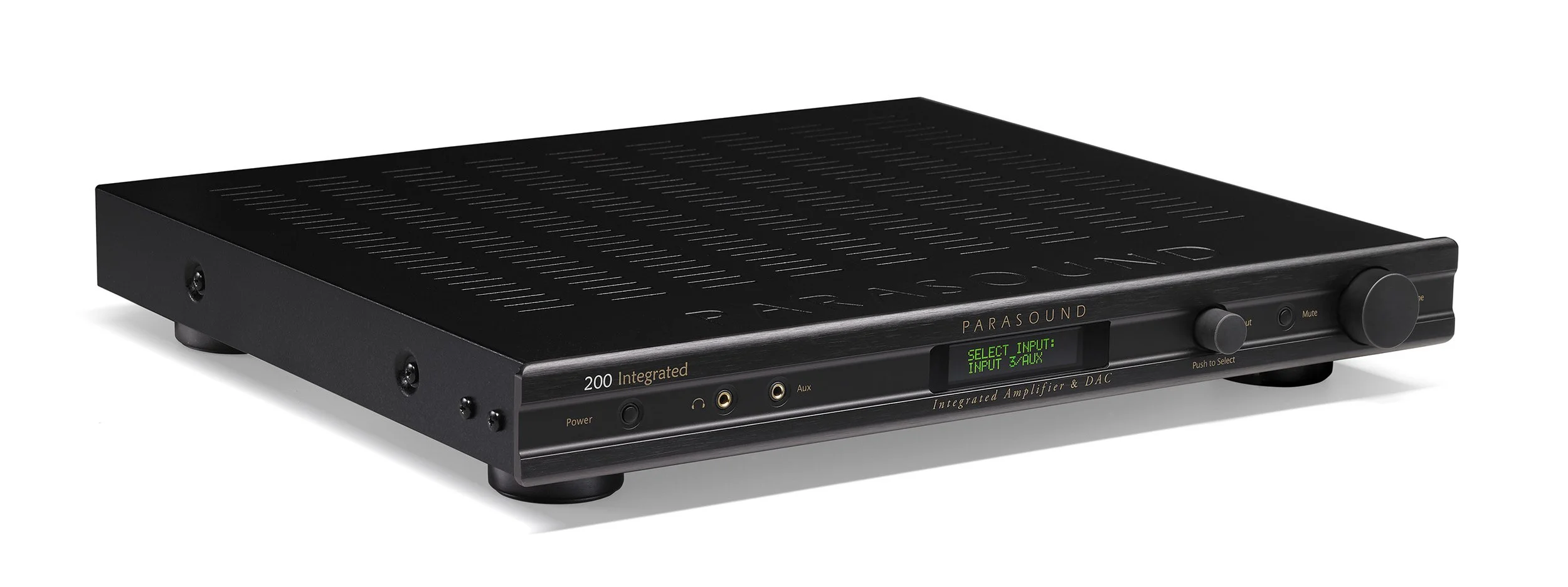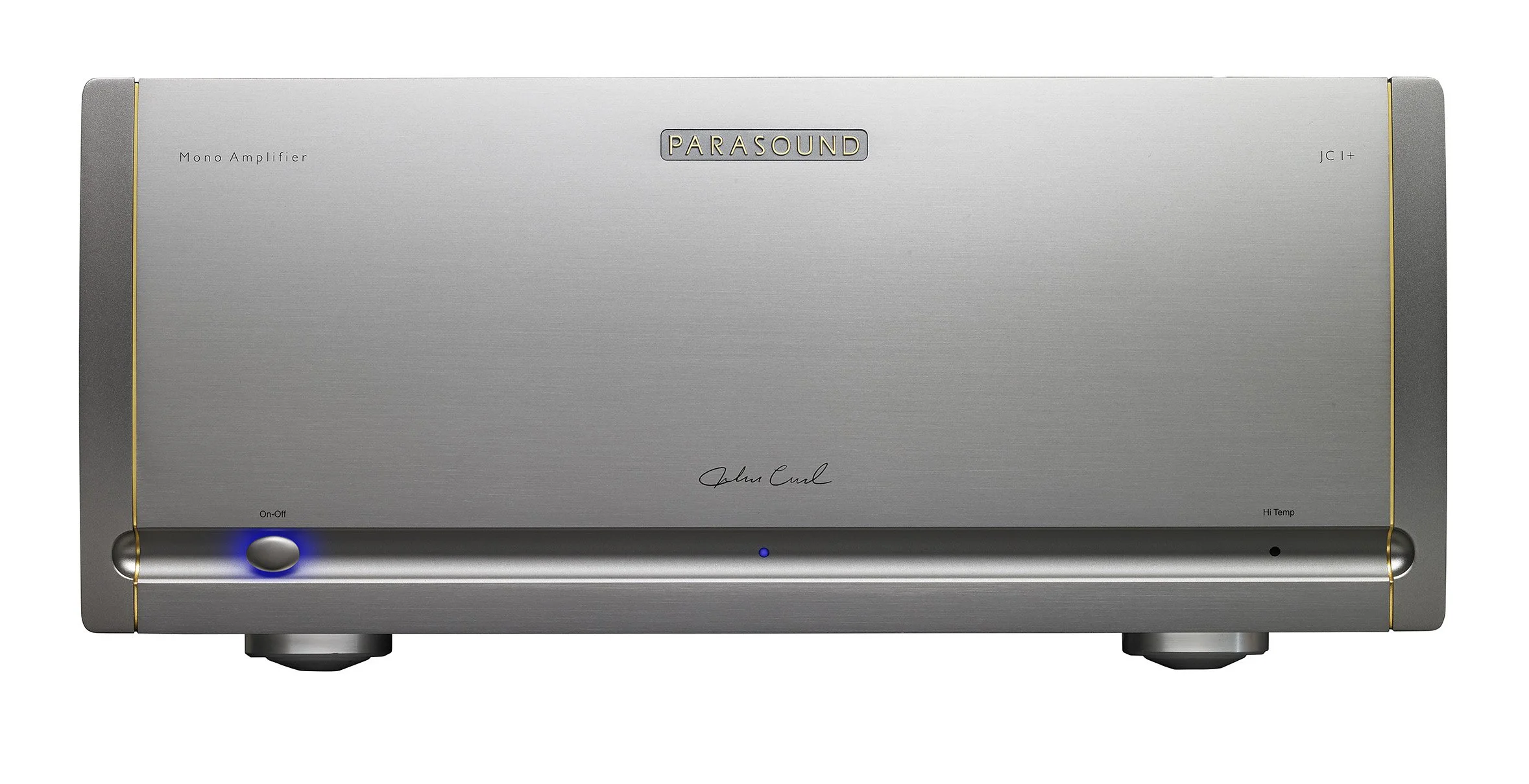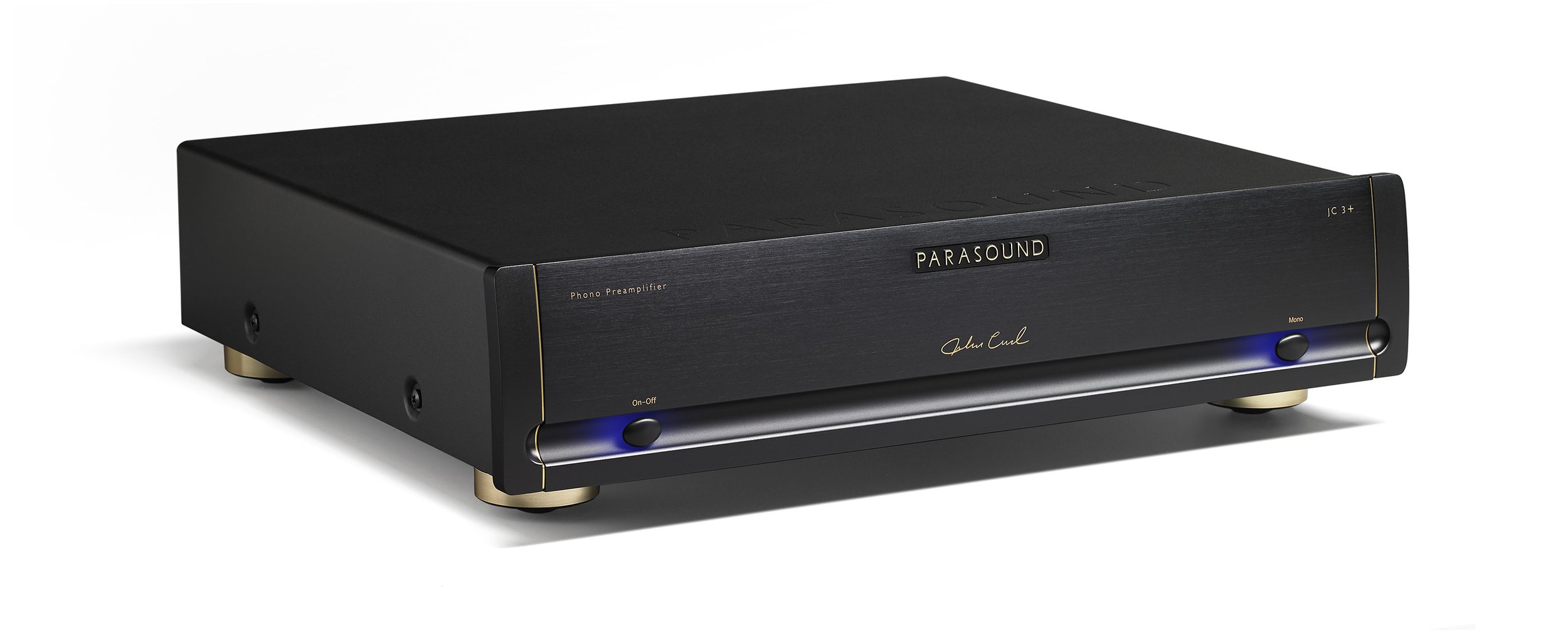INTERVIEW: RICHARD SCHRAM, PARASOUND
Today I’m happy to announce our interview with Richard Schram of PARASOUND, the San Francisco based electronics manufacturer, that has been in business for 40 years.
Richard, I’d like to get a general idea of where and how you grew up, what influenced your life, how your parents may have influenced a love for music, possibly audio. Basically those things that started you on the journey to where you are now.So this is much less a technical interview than itis an understanding of you and the personal and the inspirational.
AKRM: Where are you from? Was there music in your home?
RS: My family lived in Chicago until I was five. In 1952 we moved to Wilmette which is the second suburb north of Chicago.
AKRM: Was there music in your home? How did music affect your early life?
RS: You have come to the right person. My parents appreciated the arts and especially music. I especially enjoyed listening to records with the same repertoire and performed by different artists and ensembles.
My father purchased a Zenith console record player and FM/AM tuner. Its two German-made electrostatic tweeters fascinated me. They were single-ended and their high voltage polarizing voltage was supplied by the vacuum tubes B+ used in the amplifier/radio.
AKRM: What was your very first system then? Howdid you listen, in terms of Digital or Analog?How did it make you feel?
RS: My early systems were decades before any digital media. The first system was a British Collaro record changer, Shure M3D cartridge, and an Allied Radio Knight kit mono vacuum tube integrated amplifier. I learned to respect high B+ voltage the hard way. The input and output connections were on the bottom. I mention this because my first JBL SA600 integrated amplifier years later also had connectors on the bottom. The speaker was an EV Empire corner enclosure and Jensen 3-way 15” driver. I later replaced the amp with a Dynaco ST70 stereo power amplifier kit and stacked mono PAM-1 preamp kits and a DSC controller kit.
AKRM: Okay. What is your current reference systemor your best high-end system of all time?Why?
RS: Too many to mention (seriously). Memories of my first great system are indelible and the first thing that comes to my mind were my Quad 57s. A few years later I bought another pair and stacked them on a stand that was a Mark Levinson knockoff. Decca-Kelly 8” woofers were mounted in very heavy and bulky round water mains.
AKRM: What musicians did you admire then, enjoy,love as a young man?
RS: This is a long list and most of it is classical.
Context: my parents enrolled me in the Northwestern University Preparatory Piano program. I had theory class on Saturday mornings plus individual performance lessons on Tuesdays – classical only. After a few years I was permitted to choose my own repertoire which leaned towards French impressionists Ravel, Debussy and Faure. Some years later I “discovered” Bill Evans for the first time and was smitten for life.
AKRM: Most memorable epiphany that has comefrom listening to music or turning a good friend or a significant other on to music?
RS: I would overload trying to answer this question.
AKRM: What catalyzing event put you on the road tohigh-end audio?
RS: A great question. There were two. The following 1234 characters are as concise as I can be.
The first was hearing stereo for the first time in 1957, when I was 11. The source was an Ampex 600 two-track reel-to-reel tape deck with two Ampex 602 amplified speakers. I have an indelible memory of hearing Stan Kenton’s Intermission Riff. https://www.youtube.com/watch?v=8UD_28aasTA
The second was serendipity. One day I was walking by the Masonic Temple on the next block from my 6th grade school. I heard music and went into the auditorium to see what was going on. It was one of the live-vs-recorded demonstrations with the Chicago-based Fine Arts Quartet. While the musicians played their instruments there was a time when they only pretended to play their instruments and the audience was listening to pre-recorded music. Most of the audience could not hear the transition or any difference. (The same was said about Caruso live vs. recorded in the early 20th century.)
These demos were sponsored by AR to demonstrate the prowess of their new AR3s. Amps were mono Dynaco Mk II tube amps. I forget what the preamp and microphones were.
These two experiences made it overwhelming clear that my future career would be to bring affordable high quality music into people’s homes. I am very fortunate to have had this opportunity for 60+ years.
AKRM: Biggest mistake you ever made, personally and then with PARASOUND? And what did you learn from it?
RS: Not prepared to answer this. It would be too long.
AKRM: How did PARASOUND begin and what were the initial motivations?
RS: During the 1970s I created, developed and established Pacific Stereo’s four “house brands.” I invited and welcomed candid feedback from the stores. I also established close relationships with the OEM factories in Japan. All of this and more influenced my future for Parasound.
AKRM: What do you believe sets PARASOUND apart from the other high-end audio retailers/manufacturers AND what are your plans now that you have seen PARASOUND through 40 years of business?
RS: Parasound is committed to our customers. Since the money comes in our direction we must honor it. Some audio companies achieve their growth by compromising the quality of their products and/or distribution and customer support. As sole owners my wife Jeanie and I have the “luxury” of purchasing only as much product as we can sell in an orderly fashion and avoid reverting to internet “dealers” that would devalue our reputation and the trust of our dealers, reviewers and ultimately our end users.
AKRM: What is PARASOUND’s driving philosophy, its goals for the future?
RS: Everything we do in the future will continue to align with our established values and practices.
AKRM: I’ll bring this part of the interview to a close with a question on ethos and philosophy. Tell me, what is PARASOUND’s overall ethos.
RS: Integrity Endures.
AKRM: What are your five favorite albums and movies of all time and why? And art?
RS: I’ll have to pass – I would still be pondering this after your deadline.
AKRM: Is there anything that I’ve not covered, that you would like to share or address concerning PARASOUND?
RS: My message to Parasound owners and soon to be Parasound owners is this: Jeanie and I wish you many years of musical enjoyment and we thank you for trusting your music to Parasound.
AKRM
